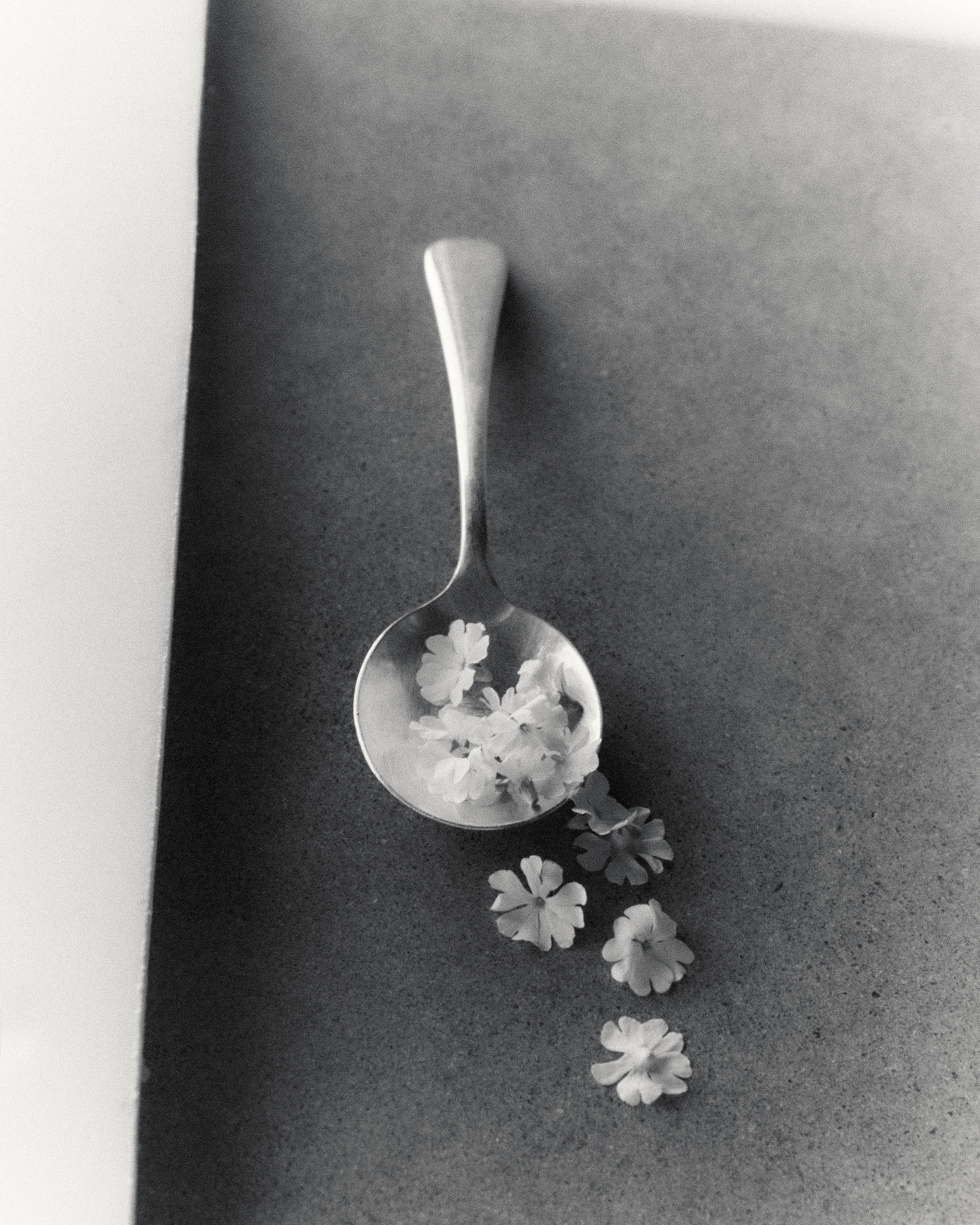The seasons have shifted. As we settle into the slower spirit of winter, we begin to think of ways to keep warm throughout the colder months ahead. The ancient Eastern philosophy of Ayurveda teaches us to live in tune with the seasons, adjusting our lifestyle and rituals to align with the energies of nature. Various Ayurvedic practices show us how to move with the earth while also nurturing ourselves with therapies that create harmony and balance.
Ayurvedic Practices for Winter Warmth
Ayurveda, meaning “science of life,” is one of the world’s oldest medicinal systems that originated about 5,000 years ago in India and Nepal. Due to the underlying belief that everything on earth is interconnected, Ayurvedic practices encourage a holistic or “whole body” approach to health. In Ayurveda, when energy of the mind, body, and spirit work together harmoniously, balance and optimal health are achieved.
Ayurvedic tradition suggests that there are three types of natural energetic forces called the doshas. These three concepts collectively help us better understand the world that surrounds us and the energy within ourselves. They include:
- Vata (governed by Air + Ether)
- Pitta (governed by Fire)
- Kapha (governed by Water + Earth)
The doshas are used to describe the constitution or prakruti of a person; however, they’re also used to describe the seasons. Wintertime is considered Kapha season with a bit of Vata as the energy of nature is often wet, cold, windy, and dry.
When encouraging balance within and outside the body, Ayurvedic practices suggest inviting in opposite energies. During the cold seasons, an excess of Kapha can promote a build-up of mucus, sluggishness, and negative, low-mood emotions. To counter an overabundance of this energy, Ayurvedic philosophy recommends supplementation of Pitta or fire energy. The introduction of fire into the body can bring systems back into balance, leveling out emotions and nurturing strength and stability.
Some ways to support the harmony of these two doshas is to be gentle on your body and adjust your perspective during this time. Engaging in activities and lifestyle choices that lean into the slowness of nature and foster warmth, restoration, and revitalization can have numerous beneficial effects on your health. When it comes to supporting the body, mind, and spirit (especially the immune system), it’s important to incorporate warming spices, herbs, and meals into your routine.
What better way to balance out the brisk outside temperatures than with warming spices that nourish the body and leave you feeling cozy from the inside out? In Ayurveda, there are numerous herbs that encourage this internal fire, so we’ve chosen a few that are delicious, cleansing, and health-supportive in various ways.
Cinnamon (Cinnamomum Verum)
Cinnamon is delightfully aromatic and can be more than just the pungent, sweet treat you find in warm, winter beverages. This spice is known as a mild stimulant, which heats up the body and encourages increased blood flow. Cinnamon is also wonderful for supporting digestion which can feel a little sluggish during the winter. Some nourishing ways to incorporate cinnamon into your daily routine include adding it to oatmeal, baked goods, rice, and soup, and mixing it with honey to take by the spoonful or in a cup of tea.
Ginger (Zingiber officinale)
In Ayurvedic practices, ginger is known as the “universal medicine.” This juicy rhizome is home to various health-supporting properties and has a sweet yet spicy flavor. Since ginger is energetically hot, it has the perfect balancing effect on excess Kapha energy. A daily dose of ginger can support hot or achy spots in the joints, boost digestion, and encourage the body to absorb more nutrients from other foods. One of the easiest ways to increase the amount of ginger in your life is to blend fresh ginger and freeze it into ice cubes. These cubes can be added to hot water for tea or included in soups and stir-fries!
Cumin (Cuminum cyminum)
Cumin is another aromatic spice that can be used as a powder or seed. The mildly bitter taste of this spice supports digestion and can even dry out parts of the body inundated with excess mucus. This warming herb is also known to keep bugs at bay so it’s the perfect inclusion when seasonal symptoms are on the rise. Weave cumin into your routine by adding it to curry, rice, or stir-fries, or chew on the seeds after a meal to encourage a healthy digestive fire.
Sometimes it feels like winter’s cold settles into the bones, encouraging daily tension and aches in the muscles and joints. Along with using supportive warming herbs, there are other Ayurvedic practices that stimulate warmth and synergy in the body, mind, and spirit.
A warm bath may be the perfect therapeutic solution to keep the chill at bay and set the mind at ease. For centuries, baths and botanical bathing have been used to support the regulation of internal systems and provide relaxation. When the body is cold it can become tense and knotted. Bathing has a wonderful way of releasing this rigidity and inviting Pitta energy into the body. Remember to give some attention to your skin once you’re finished - nourished and hydrated skin is an essential part of whole-body health. Bundling up and going for a walk around the block, or doing some gentle yoga poses on your living room floor will also stoke your internal fire. These movements will level out the Kapha energy leading to more lubricated joints, and a strong, steady immune system.
The last few Ayurvedic practices we’d love to suggest during Kapha season are sipping grounding herbal teas and enjoying warm meals. Using energetically warm herbs like cinnamon and ginger in teas can help us feel comforted and present in our space. Like warm meals, they can heat us from the inside out and prevent cold stagnation from taking hold. Using warming herbs in your meals is an extra special way of weaving therapeutic fire into your nourishing food.
Ayurvedic practices remind us that we’re part of nature’s rhythms. By simply drawing attention to the season’s constitution and ourselves, we can learn to open avenues that nurture the health of our mind, body, and spirit. These methods allow us to take our energy into our own hands and give us the power to create change and inspire holistic balance.
If you’re interested in more ways to promote harmony in your life during wintertime, visit our posts A guide to mindfulness during uncertain times and Scent for emotional well-being.





